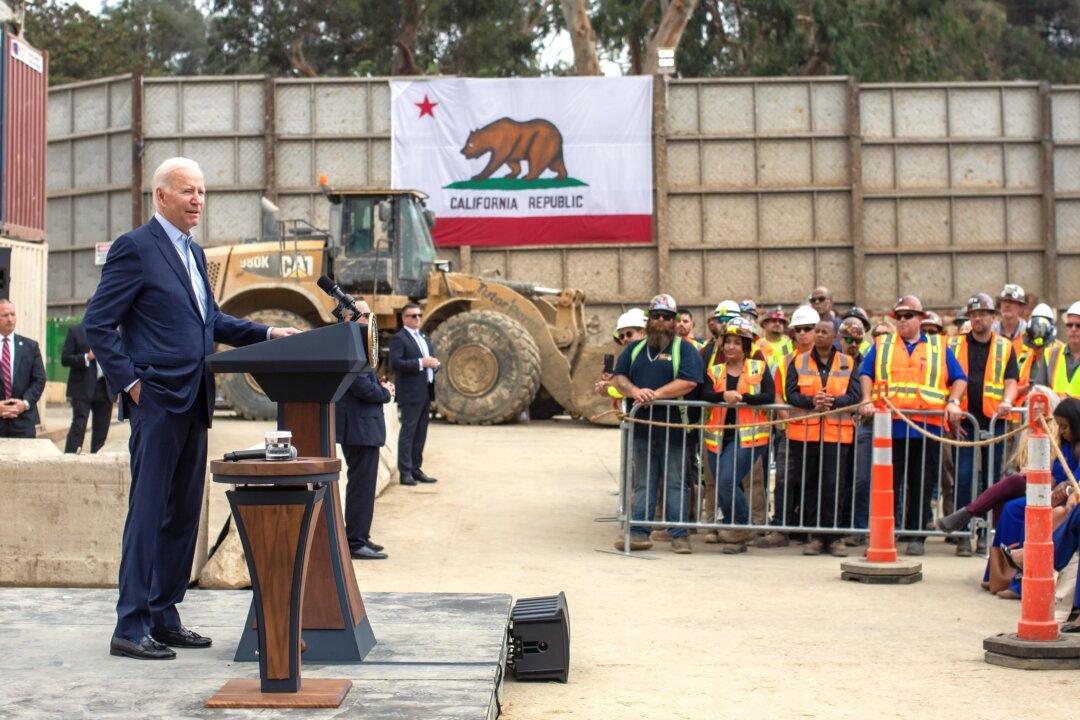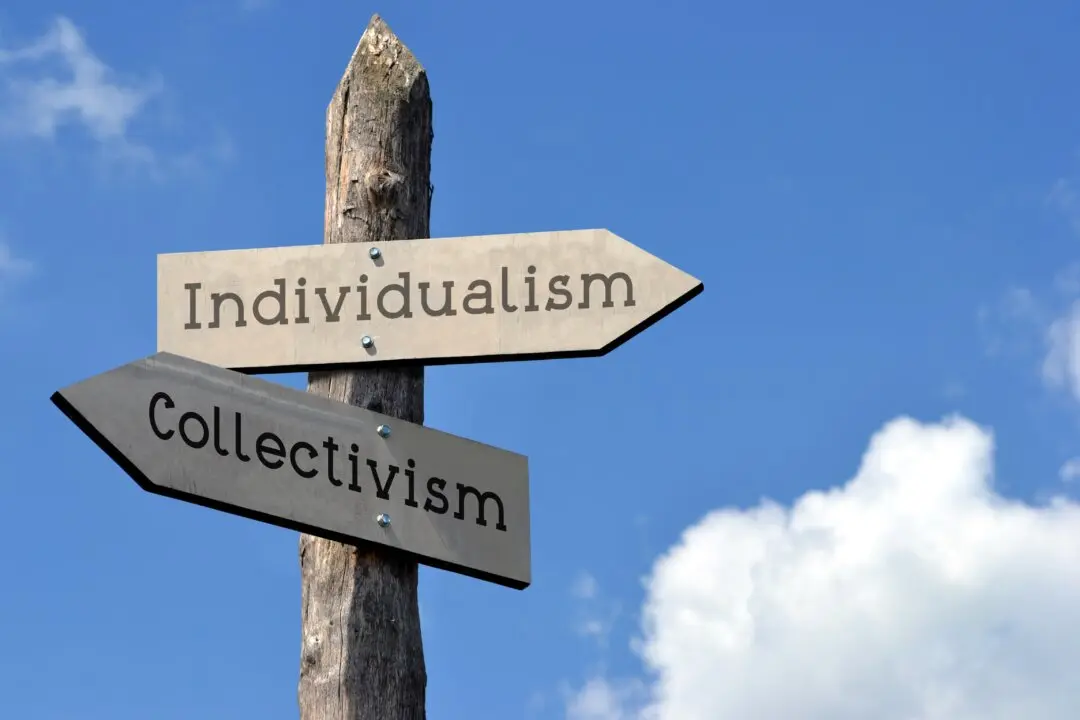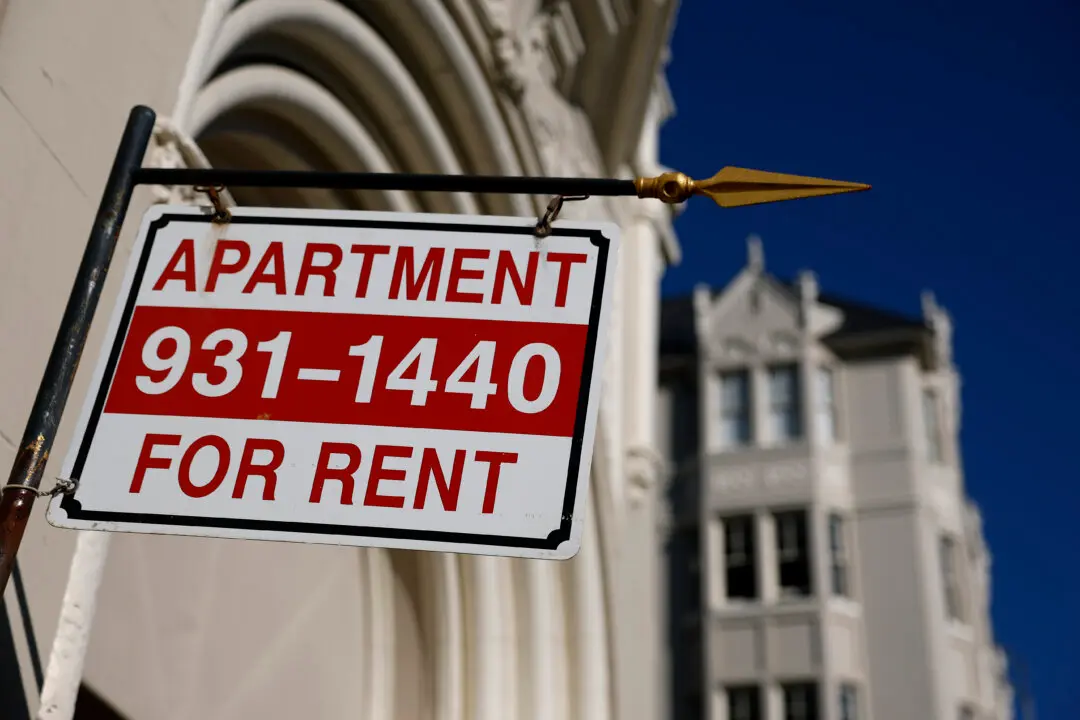Commentary
Reading the daily economic news is like listening to the video narration of a slow-motion pile-up car wreck on the world’s busiest highway. We know exactly what’s taking place car by car, and we know the damage is great and intensifying in each frame. We aren’t shocked by any of it, but we somehow can’t stop watching and listening.





